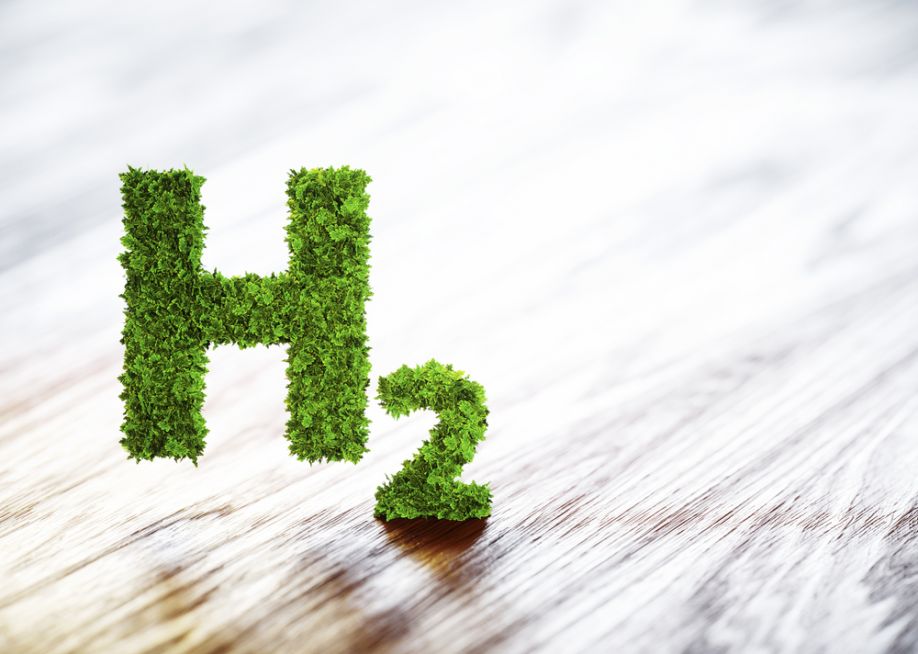Why Clean Energy Is Expecting a Hydrogen Market Boom

Clean energy is an enormous industry. Solar, wind, and geothermal lead the field of alternative sources, but hydrogen is slowly working its way into the conversation. Hydrogen energy is versatile and can come from several sources. Due to this practicality, the world will likely go through an industry shift where hydrogen takes off.
To fully meet the needs of public health and the environment, the world must shift its focus to more sustainable sources. Hydrogen has the potential to make massive, positive changes, but only with the right attention and adoption. Then, the industry can progress towards full sustainability.
The Coming Hydrogen Boom
The United States, though it’s working on many alternative energy projects, is still one of the biggest global polluters. In 2019, the U.S. emitted roughly 70 million tons of atmospheric pollution, like carbon dioxide. This pollution is monumental and must decrease, and the beginning of the COVID-19 pandemic showed that rapid change is possible.
With people staying indoors and businesses shutting down, air pollution began to decrease across the world. Lockdowns and the pandemic are temporary, so this decrease is likely not permanent. However, the U.S. must take this ability for immediate change into account, which is where hydrogen energy enters the conversation.
Currently, hydrogen only operates on a smaller scale, in comparison to other renewables and fossil fuels. However, a new political era is upon the U.S., and changes are coming to fruition. For instance, new government bills mandate more alternative energy usage, increasing from the current 8.5% clean energy delivery rate in some states.
Moreover, since hydrogen fuel cells can integrate with so many industries — transportation, industrial activities, and energy generation — the boom is coming on strong. In fact, hydrogen usage is growing at a 9.2% annual rate, which will continue through 2025, creating a multi-billion-dollar industry.
Impacts on Alternative Energy
Hydrogen fuel cells are versatile. You can create them from other energy sources like fossil fuels, renewables, and even water. Currently, natural gas is the primary resource for extracting and using hydrogen as its own energy source. However, changing to water as the primary extraction source ensures no carbon emissions pollute the environment in the process. The only byproducts are water and heat.
Ultimately, on a large enough scale, hydrogen energy will be groundbreaking. An alternative energy source with absolutely no carbon emissions is a big deal, especially when current energy grids aren’t up to the challenge.
The February 2021 Texas storm knocked out power for millions — which means they lacked heat and water as well. The Texas power grid was not prepared for such drastic weather conditions and energy demands. Renewables and fossil fuels alike failed and froze. However, with a more resilient grid, Texas could have better accommodated its residents.
Interestingly, since Texas is such a power player with energy grid production, it would make an ideal place to integrate hydrogen power. Texas is also a big producer of hydrogen fuel cells to begin with. To see this new boom through to its fullest potential, states like Texas can begin a transition to a smart hydrogen grid for electricity.
Innovations Still to Come
A full hydrogen electricity grid is likely still several years away. In the meantime, you can expect developments in transportation, industry work, and smaller-scale energy usage. Work is already well underway on hydrogen-based vehicles.
Toyota and Hyundai are two commercial brands that have already begun the production of hydrogen vehicles. Hydrogen fuel cell cars may end up having more mileage than electric vehicles (EVs), and won’t have to carry around a battery. Instead of a battery or combustion, hydrogen uses chemical reactions, making it efficient and easy to work with. The key obstacle here is integrating fueling stations, just like gas stations, throughout the country.
Government changes are also perpetuating this mass adoption. For instance, California recently announced that it’s phasing out new gas-powered cars by 2035. Instead, automotive makers will need to focus on sustainable vehicles, which will include hydrogen models alongside EVs.
Elsewhere, you’ll start to see companies using hydrogen for powering their buildings and setups. Generation will no doubt entail a combination of hydrogen with some other source, like solar or natural gas. But, over time, you may see hydrogen operating on its own.
Still, to bring about these changes quickly and efficiently, the price of hydrogen energy production must continue to drop. Given the overall decrease in renewable energy prices over time, hydrogen will follow the same trajectory.
The Changing Industry
With every new clean energy alternative comes progress towards a more sustainable future. The ultimate goal is to create a world where energy consumption — whether through traveling or everyday electricity use — doesn’t produce harmful emissions.
Hydrogen is the best step in that direction. Alongside other powerful renewable energy sources, hydrogen fuel cells are clean, powerful, and reliable. Re-tooling the energy industry and pushing the world in this direction will create the necessary environmental change for today and the future.
Comments (0)
This post does not have any comments. Be the first to leave a comment below.
Featured Product

